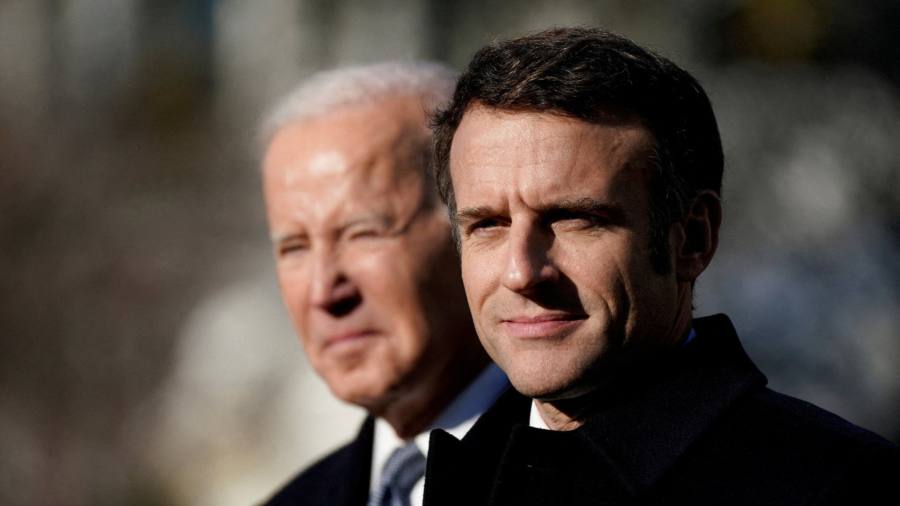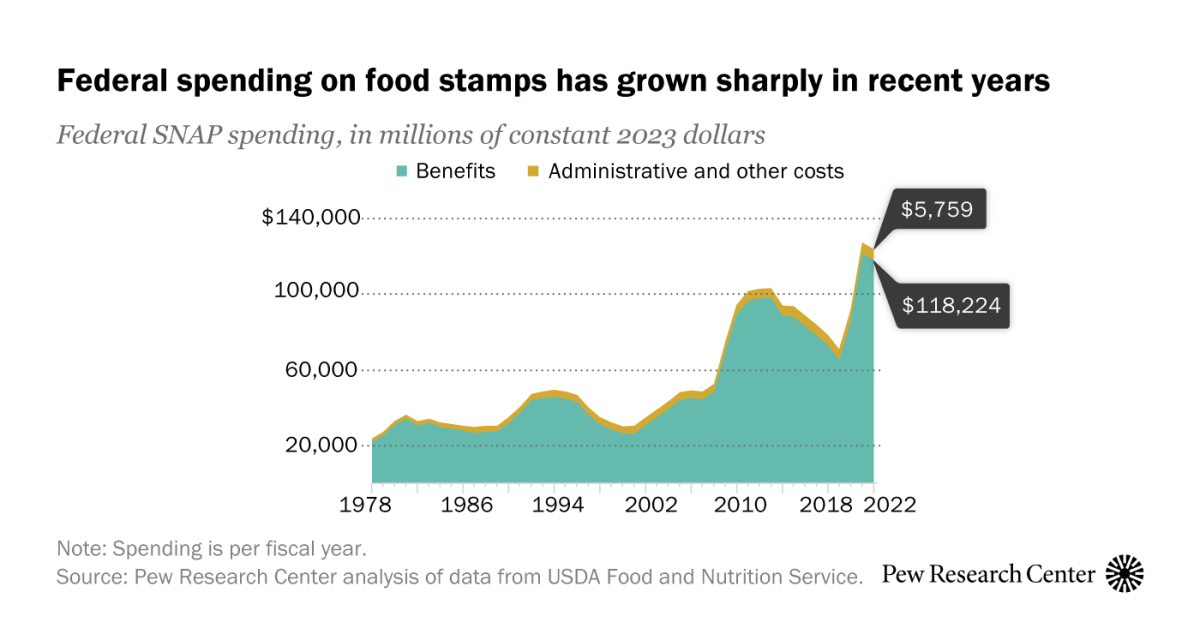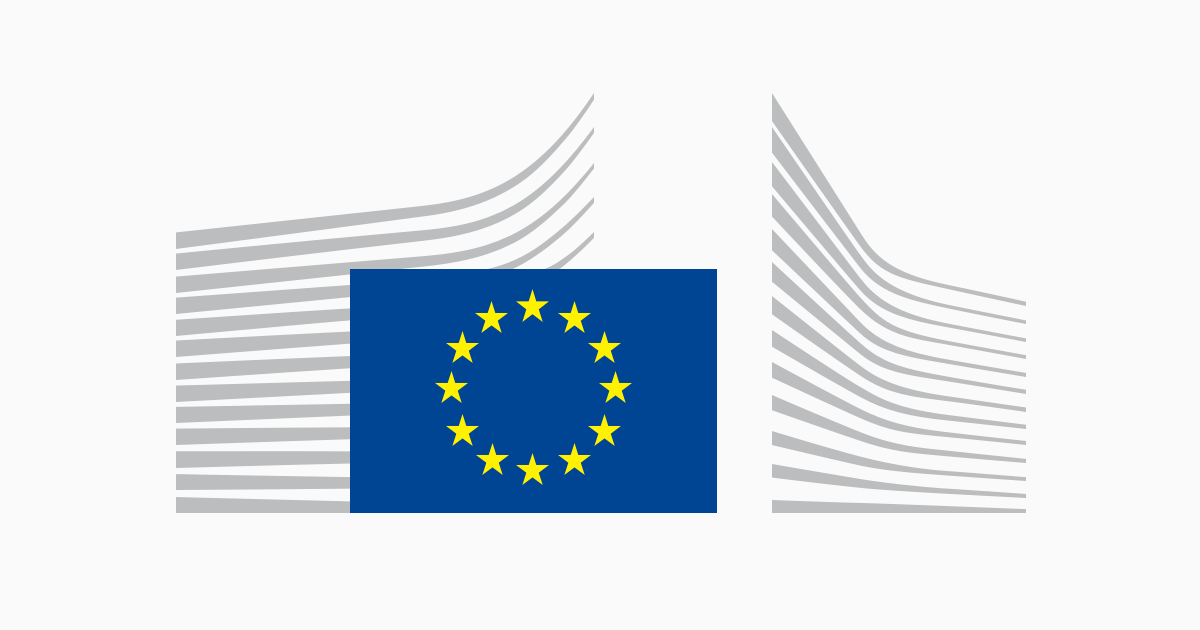A siege mentality has taken hold of EU industries and their political friends. They feel kneecapped by how Vladimir Putin’s energy war makes gas and power so much more expensive than what competitors elsewhere pay. And the US’s belated conversion to green industrial policy adds insult to injury by luring investment with discriminatory subsidies.
Both concerns were channelled by French president Emmanuel Macron in Washington last week. Many other leaders have adopted the message that European competitiveness is under existential threat. But such alarmism risks leading EU politicians and industrialists down a strategic dead end.
Overall, manufacturing output volumes in the EU and eurozone are at record-high levels. In all EU countries but five, industrial production was higher in September than a year earlier. If Putin wanted to cause Europe-wide industrial death to force betrayal of the Ukrainians, he has failed. This resilience ought to be more celebrated.
So the region’s industrialists protest too much. It is admittedly too soon to declare victory. Price spikes are only gradually phased in, so business has not felt their full force. Some companies are protected by government subsidies or price caps, though these have rightly benefited Europe’s households most. States cannot grant huge support packages forever. Current performance could still give way to decline.
But this leads to a deeper point. The EU is not, and its territory never has been, richly endowed in traditional energy resources. This has entailed two harsh economic consequences. One is, as Helen Thompson has highlighted in her book Disorder, a geostrategic vulnerability due to energy dependence on outsiders. The other is a comparative disadvantage in energy-intensive production. If cheap Russian gas temporarily hid this disadvantage, it is now back with a vengeance.
The cool-headed lesson to draw is that an economic structure built on production and exports of traditional energy-intensive goods is bad for Europe. The sensible policy for an energy-poor region is to import energy-intensive goods from those places where energy is abundant and sell products and services whose inputs contain less energy. The same can be said for industries whose productivity depends on plentiful hydrocarbons as feedstock.
There are three retorts to this argument. The first is that while traditional energy sources are scarce in the EU proper, the European economy is interwoven with hydrocarbon-rich neighbours. But one safe partner, Norway, is too small. And others, as Russia shows so starkly, threaten rather than safeguard Europe’s values and interests.
A second retort is that some energy-intensive industries are necessary for security reasons — as is energy itself. But most industries are not strategic. If Europe produces less fertiliser, ammonia and commodified glass, ceramic or paper products, so be it. A prosperous, high-skilled population should specialise in high-tech, knowledge-intensive production in such sectors and import the rest, stockpiling essentials in case of disrupted supply chains. An industrial restructuring in that direction will make the economy richer and safer from external shocks.
The best retort, however, is that a lack of fossil energy endowments does not doom Europe to energy dependence overall. With capacity to generate, transmit and store renewable electricity, Europe’s self-sufficient supply of power can be plentiful and cheap. Near-zero electricity prices could do more for the EU’s production of (emissions-free!) cars than discriminatory US tax credits will ever do for America’s.
The goal, then, is not to preserve a legacy structure of energy-intensive production but to grow an economy intensive in carbon-free energy and knowledge. Industry should electrify everything that can be electrified and develop production methods best suited to a renewable energy system.
Europe’s concern should be that it subsidises too little — especially in renewables and grid capacity — not that the US subsidises too much. More EU common spending is needed, and new fiscal rules must coax more investment out of national budgets. EU leaders have made welcome remarks in this direction in recent days. Carbon tariff plans must be expanded and coupled with tougher domestic carbon pricing. On this, it should seek a US partnership. Washington is already interested in a pact keeping out “dirty” steel from China and others; Europe should embrace this interest and try to widen it to a broader carbon tariff deal.
Donald Trump once said: “If you don’t have steel, you don’t have a country.” Europe should resist such old-industry protectionism. Its line should be: let all steel used in Europe be green — and make Europe the cheapest place to produce it.




